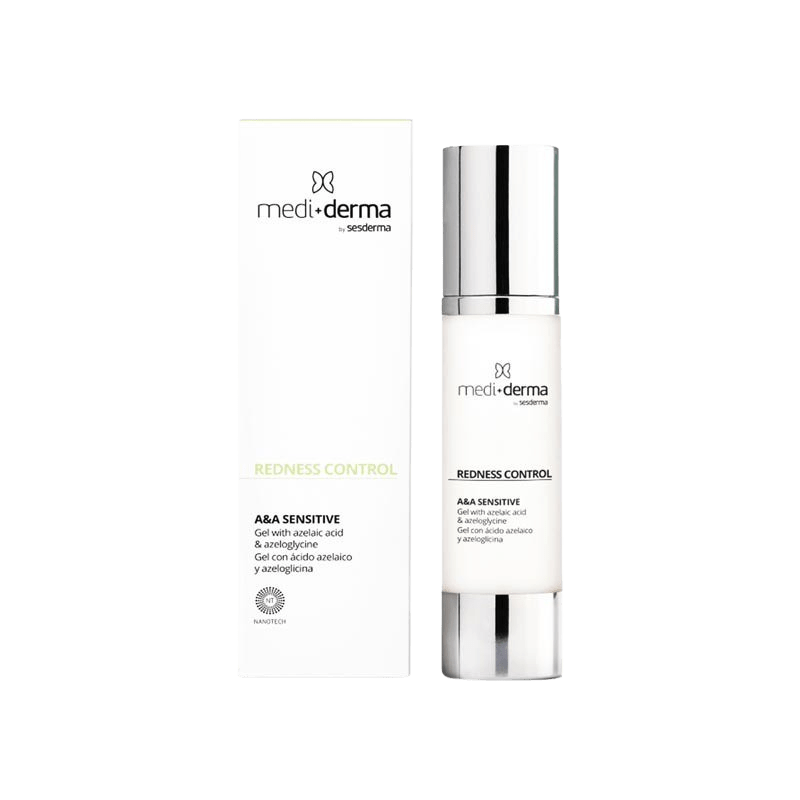
Join now for exclusive pricing & express shipping
Did you know that 3% to 7% of medications intended for patients go unused in the United States? Similar wastage could cost the country approximately $8 billion annually.
Proper storage of medical products is crucial to maintain their efficacy and ensure patient safety. Botox, a commonly used injectable medication for various therapeutic and cosmetic purposes, is no exception. Whether you’re a healthcare professional administering Botox or an individual storing it at home, knowing the correct storage guidelines is essential to preserve its potency. Improper storage can lead to reduced effectiveness or even compromise its safety. In this article, we will provide valuable tips and guidelines for the proper storage of Botox, ensuring optimal results and patient satisfaction. By following these recommendations, you can be confident that you are maintaining the integrity of this medical product throughout its lifespan.
One of the most frequently asked questions regarding Botox is whether it needs refrigeration. The answer is a resounding yes. Maintaining the correct temperature is paramount when storing Botox. The recommended botox storage temperature is between 36°F to 46°F. Extreme temperatures, such as too hot or cold, can compromise the product’s integrity.
Improper storage of Botox can have several consequences that may affect its efficacy and safety. Specifically, when we do not store Botox properly:
Botox is a delicate medication that requires specific storage conditions to maintain its effectiveness. Incorrect storage, such as exposure to extreme temperatures (too hot or too cold), can lead to a loss of potency.
Botox that was stored improperly may have compromised integrity, increasing the risk of adverse reactions or side effects. The breakdown of the medication due to improper storage can alter its composition or lead to the development of contaminants, which may cause unexpected reactions when injected.
Botox injections are usually performed with specific dosage guidelines to achieve the desired results. Improper storage can affect the consistency and reliability of the medication, potentially leading to suboptimal outcomes or treatment failure.
If Botox is not stored correctly and becomes ineffective or unsafe for use, clinics may need to dispose of the medication, resulting in financial loss and increased healthcare costs.
It is essential to follow the manufacturer’s recommended guidelines for proper storage of Botox, including temperature requirements and storage duration, to ensure its potency and safety are maintained.
Practitioners must understand the critical timeframe for Botox outside the fridge. Although we strongly recommend refrigeration, certain situations may expose Botox briefly to temperatures outside the recommended range.
To provide a rough guideline, we should keep Botox out of the fridge for a maximum of a few hours, such as during transportation to a clinic or the preparation and administration process. Leaving it out longer than necessary can increase the risk of compromising its potency and effectiveness.
To ensure proper disposal, follow these general guidelines:
These best practices, in conjunction with proper temperature storage, help ensure the potency, effectiveness, and safety of Botox for both therapeutic and cosmetic purposes.
Proper storage of Botox is critical for preserving its safety, efficacy, and overall quality. Adhering to these guidelines, which include precise temperature control, appropriate refrigeration, protection from light, gentle handling, hygiene maintenance, and expiration date checks, is essential. By following these practices, healthcare professionals can provide patients with the maximum standard of care when administering Botox treatments, ensuring safety and optimal treatment outcomes.
Botox (onabotulinumtoxinA) should ideally be stored in a refrigerator between 2-8 degrees Celsius (36-46 degrees Fahrenheit) before reconstitution. However, once it’s reconstituted with saline, the manufacturer recommends using it within 24 hours. Avoid exposing Botox to temperatures above 25 degrees Celsius (77 degrees Fahrenheit) to maintain its potency and effectiveness. Always follow the specific storage guidelines provided by the manufacturer or healthcare professional.
